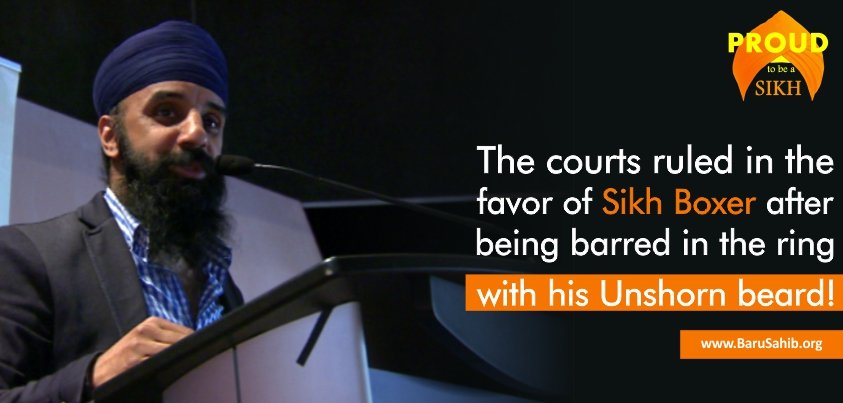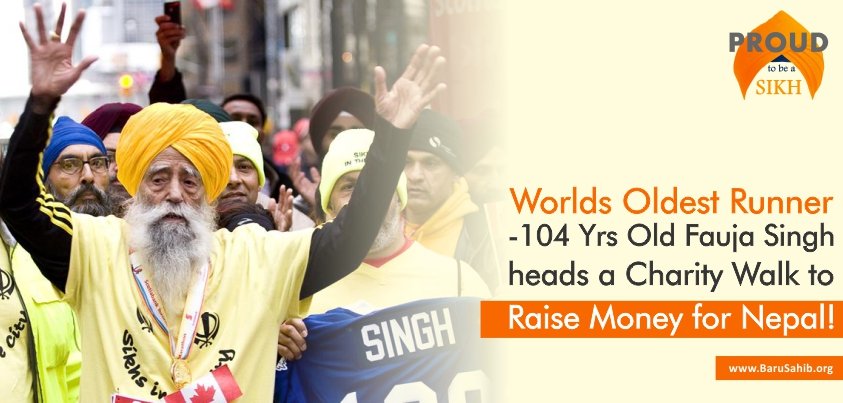The night before we’re set to meet, Amarjit Singh leaves a message on my phone. He sounds tired and stressed out. It turns out the 62-year-old cheese maker—who has built a reputation over the past 26 years for his exceptional Indian and Latin American cheeses—was forced to make a last-minute delivery to a grocery store in the nation’s capital. When I see him the next morning at his factory in Ingersoll, in southwestern Ontario (a 1,200-kilometer round-trip from Ottawa), I learn he’s only been back in town for a few hours.
Singh is a busy man. For Local Dairy, the company he has owned and operated with his wife and son for nearly three decades, he is the research and development team, as well as responsible for sourcing ingredients and helping with label design for his dairy products. A self-taught cheesemaker, he still works the line at the factory throughout the week and even hand-delivers the goods to restaurants, grocery stores, and specialty shops on weekends. “We do everything old school. But passion keeps me going,” he says.
The hard work is paying off. Just over a month ago, Local Dairy’s Oaxaca cheese—a semi-firm string cheese that traditionally hails from southern Mexico—took home the award for best mozzarella at the Canadian Cheese Grand Prix, the Oscars of Canadian cheese. Singh is the first to acknowledge that most people wouldn’t expect award-winning Latin American cheese from a Canadian Sikh of Indian descent. And though this might sound like a parody of multiculturalism, it’s more simply explained as a byproduct of Canada’s history of immigration—for years, Italians, Greeks, Polish, Indians and many others have made a life here, bringing along and fusing gastronomic traditions. It’s no different for Local Dairy.
Singh came to Canada when he was 16 years old, and lived by himself until the rest of his family immigrated. When he was old enough, Singh opened a tire store in Scarborough. Though the business was an early success, he was always aware of the fact that Indian cheese—specifically, paneer—was virtually impossible to come by in Canada. When he was forced to close the tire business due to familial squabbling, Singh and his wife, Gurinder, ventured into the cheese business.
“My mother used to make paneer, so I first learned from her,” Singh says. “My dad laughed at me. He thought just because we liked the cheese didn’t mean everyone would, but I had a belief that there could be a market for it here.”
In 1989, Singh entered into a partnership at a Mennonite creamery in Kitchener. Originally, he was only helping with the production of yogurt, crème fraîche, and a cooked cheese known as koch käse, but a chance encounter with a Salvadoran cheesemaker named Luis Alvarado—who’d been brought to Kitchener through the Mennonite church to make crema—changed everything. “I started asking Luis about Latin cheeses and he would encourage me to try making paneer,” Singh says. When his Mennonite partner went broke, Singh bought out the remaining portion of the business and started making cheese with his wife and Alvarado. In 1999, he relocated the business to Ingersoll, a town of 12,000 people that resides in one of the province’s top milk-producing counties, and set up shop in a historic factory that, over the last 134 years, has been home to a pork-packing plant and the once-renowned Ingersoll Cheese Company.
In the past two decades, Singh has traveled to cheese factories in Mexico, Italy, England, France, India, Turkey, and Cyprus to learn different styles and techniques. Currently, he and his staff of seven make over a dozen dairy products, including Oaxaca, queso fresco, duro blando, chihuahua, koch käse, crème fraîche, cultured butter, ghee, yogurt, dulce de leche, and, of course, paneer. (“We were innovators in the world for packaged paneer,” he boasts. “Nothing in India has a shelf life of more than two weeks. Ours is six months.”) Throughout the week, freshly made cheese is distributed to stores and restaurants across Ontario, either with one of Local Dairy’s five delivery trucks, or by Singh himself.
Arturo Anhalt is an expat from Mexico City who owns a trio of restaurants in Toronto called Milagro Cantina Mexicana. He’s been using Local Dairy products since the restaurants opened a decade ago. “I first found their crema in a Latin grocery store in Kensington Market, and it was so good,” Anhalt says. “We struck up a relationship and now every time Singh makes a delivery we end up having a 30-minute chat.” Milagro’s executive chef, Barjinder Bains, is an Indian hailing from the Punjab region. He and Singh often have protracted, animated conversations about Local Dairy’s products. “It’s not every day you see two Indian guys discussing the state and quality of Mexican cheese, but, hey, I guess that’s Toronto,” Anhalt says.
Toronto’s Cheese Boutique—a shop chef Daniel Boulud once called the best cheese store in [North] America—stocks a half dozen Local Dairy cheeses. “We have a big demand for these types of products, from our retail customers and wholesale restaurant accounts, especially with the boom of Mexican cuisine in Toronto right now,” says maître fromager Afrim Pristine. “The products are unique, not many people in this country are making them.” Singh also supplies many other Toronto eateries, including El Catrin, Nota Bene, Playa Cabana, and Fonda Lola.
Twenty-six years after getting into the cheese business, Singh remains outspoken and hungry to learn. Local Dairy’s recent win at the Canadian Cheese Grand Prix may have put a spotlight on the small creamery, but Singh feels unchanged. “We’ve long been a hidden secret,” he says. “This was the first year we submitted cheese to the competition and, actually, the only reason I did was because the Dairy Farmers of Canada kept pushing me to do it.”
At the end of our interview, Singh gives me a tour of the factory. Having been away from Ingersoll that week, he checks the equipment to make sure it’s all been cleaned properly. Although he may be nearing the typical retirement age, Singh has no intention of slowing down. “I’d like to have another ten or 20 years of doing this,” he says. “The work’s never bothered me, and I realize if I don’t work, I’ll never be healthy.”
~ Source: munchies.vice.com














